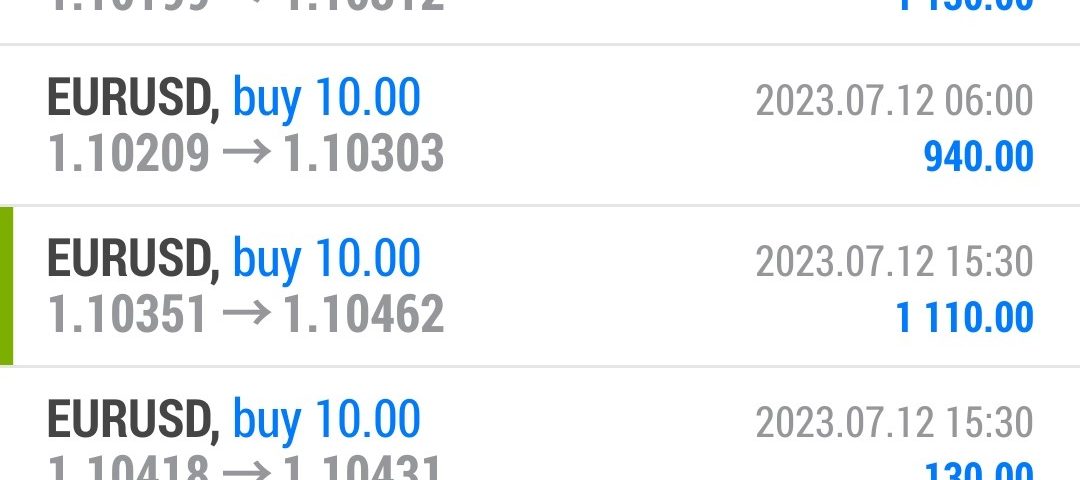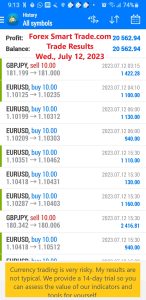Still, doing great so far? Awesome! Let’s move on.
In this lesson, we’re going to streamline your use of these chart indicators.
We want you to fully understand the strengths and weaknesses of each tool, so you’ll be able to determine which ones work for you and which ones don’t.
Let’s discuss some concepts first.
There are two types of indicators: leading and lagging.
Leading Indicators
A leading indicator gives a signal before a new trend or reversal occurs.
These indicators help you profit by predicting what prices will do next.
Leading indicators typically work by measuring how “overbought” or “oversold” something is.
This is done with the assumption that if a currency pair is “oversold”, it will bounce back.

Lagging Indicators
A lagging indicator gives a signal after the trend has started and informs you “Hey buddy, pay attention, the trend has started and you’re missing the boat.”
Lagging indicators work well when prices move in relatively long trends.
They don’t warn you of any upcoming changes in prices though, they simply tell you what prices are doing (rising or falling) so that you can trade accordingly.
You’re probably thinking, “Ooooh, I’m going to get rich with leading indicators!” since you would be able to profit from a new trend right at the start.
You’re right.





